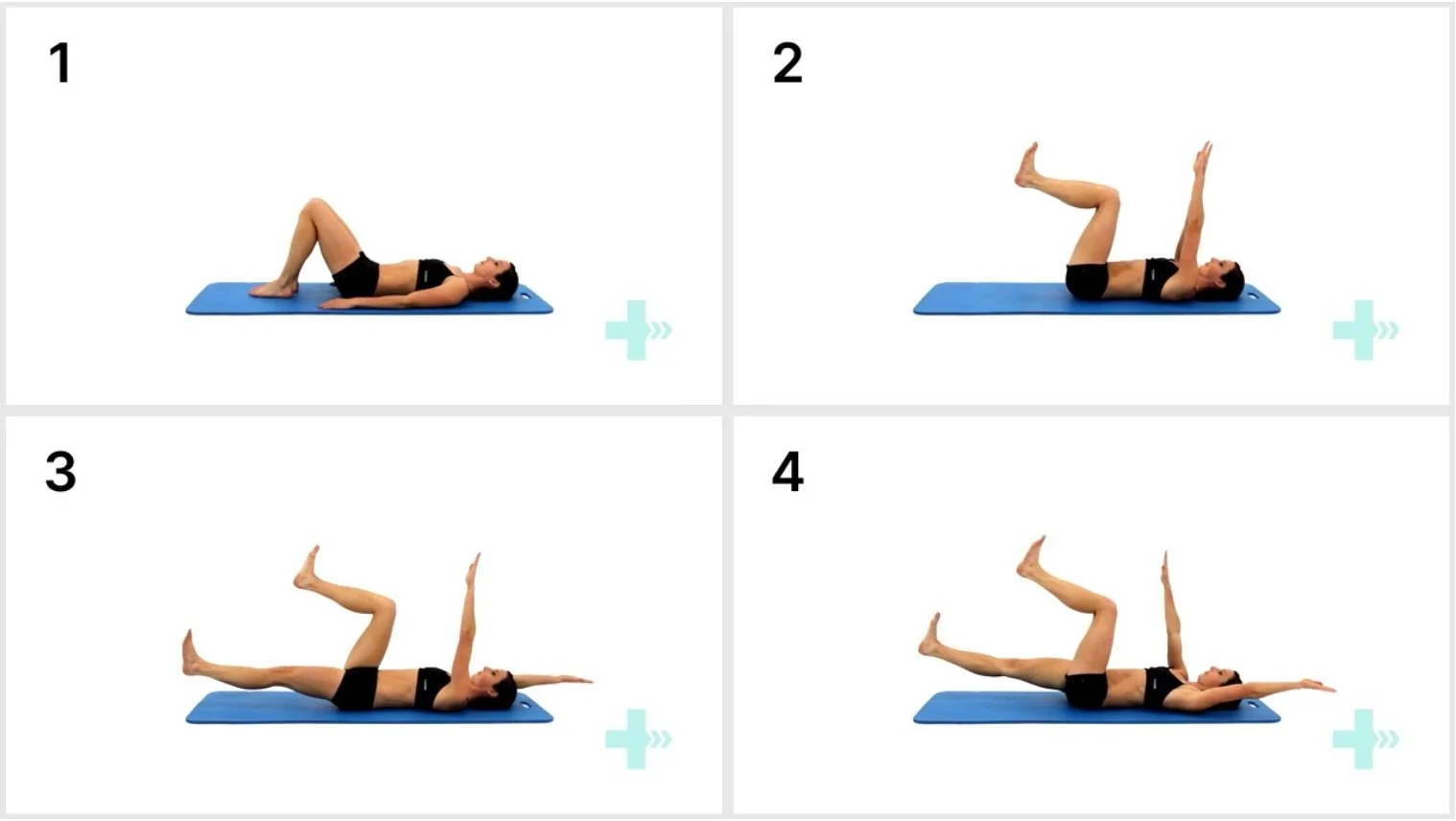Lower back pain when running - What is causing it? How to prevent it?
Lower back injuries represent a prevalent concern in clinical settings, not limited to just runners. Prolonged periods of sitting, driving, and the static nature of many jobs can hinder the development of strong and flexible lower backs.
For runners, maintaining control around the lower back and pelvis is paramount. These areas act as the foundation for movement, akin to the stability needed in a house foundation. Weakness or instability in these regions can lead not only to localised issues like lower back pain during running but also contribute to common overuse injuries such as achilles tendinopathy, runner's knee, and various foot injuries.
However, pinpointing the exact cause of lower back pain from running is crucial for effective treatment. Here, we discuss five common causes and their respective treatments.
Understanding the Causes:
1. Muscular Issues:
Muscular lower back pain often stems from moments of strain, where a sharp spasm occurs in the lower back muscles. These injuries can result from simple movements like bending or twisting to pick something up. Strengthening exercises targeting the lower back and gluteal muscles are vital, particularly for individuals experiencing recurrent pain.
Symptoms and Treatment:
Symptoms may include initial spasms and sharp pain, followed by a dull ache and localised tenderness. Treatment involves gentle stretches, heat application, and gradual strengthening exercises focused on the abdominal, lower back, and gluteal muscles.
2. Facet Joints:
Facet joints, situated between spinal segments, facilitate various movements of the spine. Over time, running can subject these joints to significant stress, necessitating support from surrounding muscles. Strengthening exercises for the trunk muscles and gentle movements are recommended for alleviating symptoms.
Symptoms and Treatment:
Lower back pain exacerbated by backward leaning or downhill running may indicate facet joint issues. Treatment involves gentle movements, flexion, and rotation stretches to relieve symptoms, along with strengthening exercises targeting abdominal and gluteal muscles.
3. Sacroiliac Joint Dysfunction:
The sacroiliac joints, located between the pelvic bones and the sacrum, provide stability during movement. Symptoms may include lower back soreness, hamstring tightness, or a feeling of leg weakness while running.
Symptoms and Treatment:
Self-release of deep gluteal muscles, mobilisation of the joint, and strengthening exercises for gluteal and abdominal muscles aid in stabilising the joint and relieving symptoms.
4. Disc Problems:
Discs, which cushion vertebrae, can bulge or leak with injury, causing lower back and leg pain. Severe cases may involve changes in bladder and bowel control, necessitating immediate medical attention.
Symptoms and Treatment:
Initial rest, heat application, and gentle stretches are recommended for disc-related pain. Strengthening exercises targeting gluteal, lower back, and abdominal muscles are crucial for long-term management.
5. Nerve Irritation:
Nerve irritation, particularly the sciatic nerve, can cause various symptoms like tingling, weakness, or burning sensations down the leg. Identifying the source of irritation is essential for effective treatment.
Symptoms and Treatment:
Treatment involves addressing the underlying cause and restoring nerve function through neural mobility exercises. Neural flossing exercises are recommended to improve nerve function gently.
Understanding the underlying causes of lower back pain from running is essential for effective treatment and long-term management. By addressing muscular weaknesses, joint instability, and nerve irritation, runners can alleviate symptoms and prevent future injuries.
Here are some exercises to alleviate back pain:
Not sure how to manage your lower back pain? Feeling like you are stuck in a rut? Reach out today and see one of our friendly practitioners.









